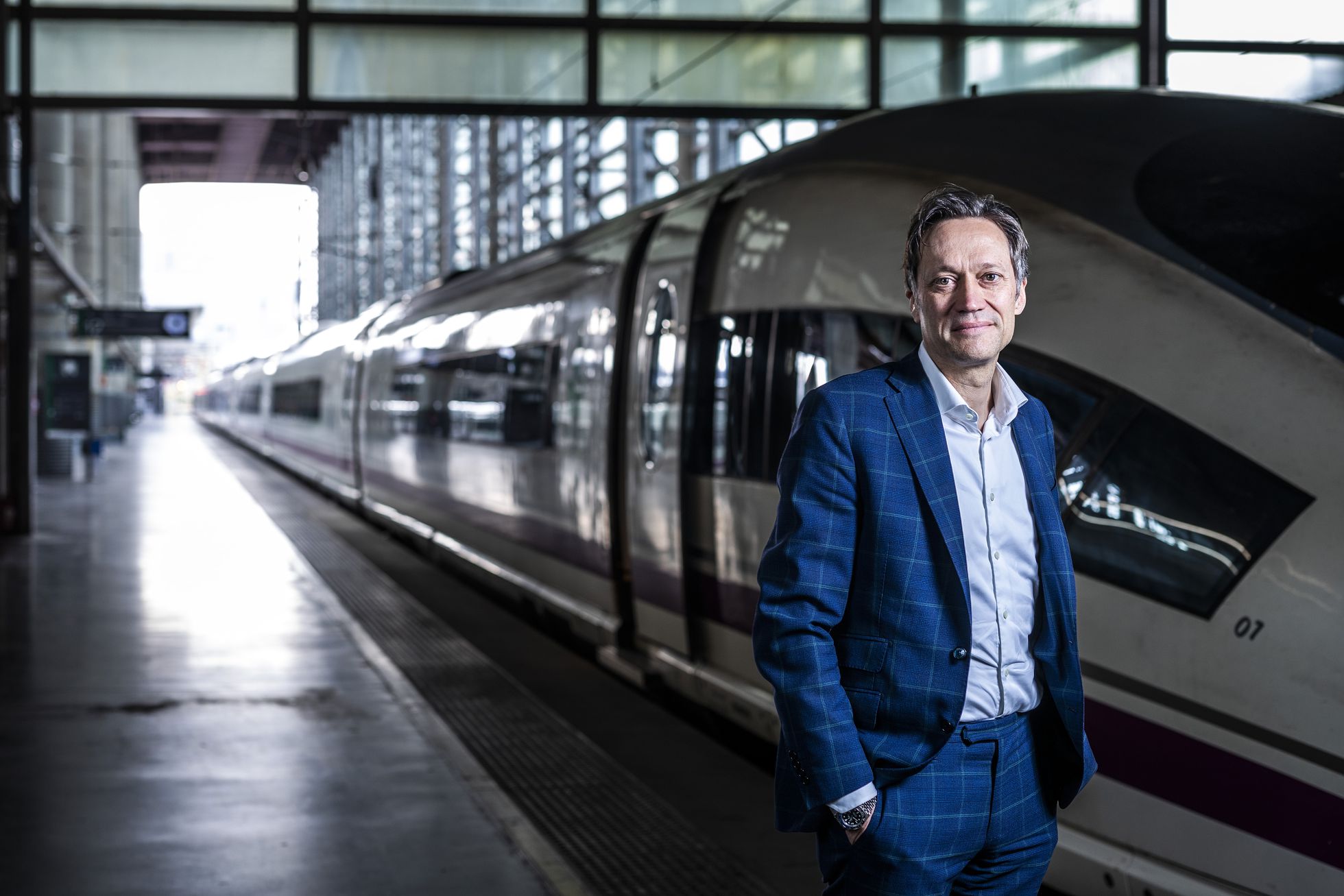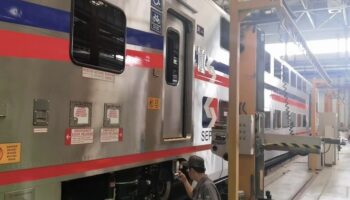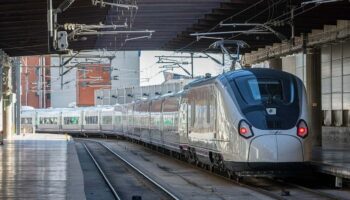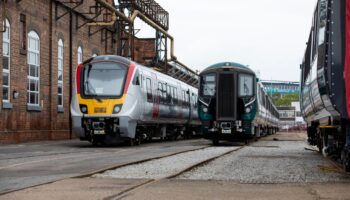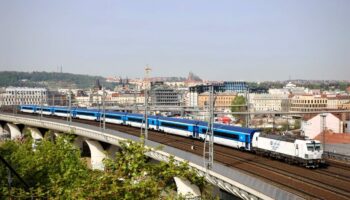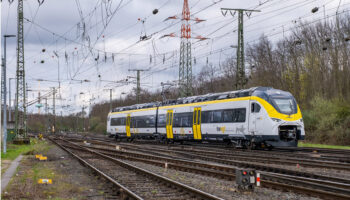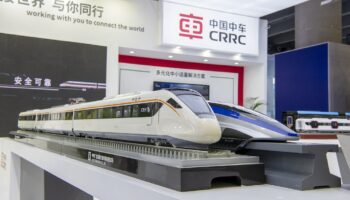Spain: The CEO of the manufacturer Michael Peter shared his vision in an interview with El Pais in early November. ROLLINGTOCK highlighted the main points from the public part of the feature.
1️⃣ Economic situation. The Covid-19 pandemic and the crisis caused by the conflict in Ukraine have become a threat to European plans to decarbonize transport. However, Peter said that the governments of many countries have managed to keep “medium and long-term priorities” in this area. Global supply chain disruptions haven’t brought any significant problems to the manufacturer, but Siemens Mobility CEO indicated that the situation is getting more and more complicated. “There is a general trend to bring production back to Europe, to the United States. And it is a strategy that we must consider”, he stated.
2️⃣ Future of passenger transportation. Michael Peter highlighted that operators need to solve the “first and last mile problems” to provide proper transport services. Introducing the mobility as a service principle (MaaS) is “turning public transport operators into service companies that provide a point-to-point travel experience that makes it easy for people to catch trains or other means of transport”. “The success of rail transport depends on the availability of such a system”, Peter said. He estimates that the implementation of this approach with the help of digitalization will increase the carrying capacity of the existing infrastructure by 30%. However, in order to further implement digital technologies countries must have good cybersecurity systems because the risks of attacks on IT infrastructure are growing.
3️⃣ Siemens development. The company relies on digital competencies. This year it plans to launch the Digital Station platform covering 27 cities in Spain for Renfe. The service will integrate not only traditional public transport but also taxi services, scooter rental and so on. It is also planned to open access for other operators. Michael Peter said that the rolling stock market is not global as each country depends on the specific requirements of the operators. Otherwise, he points out that the software market is much more global and gives many advantages, like in Spain.
For reference: On November 17, Siemens published its results for the financial year 2021/2022. Overall revenue grew by 8%* to almost €72 bln. Siemens Mobility accounted for €9.7 bln that makes 13,5% of the overall Siemens revenue. Digital Industries revenue was €19.5 bln which is 27.1% of the Siemens’ total income. The company received €89 bln of new orders. As to the report, 14.8% of it came from Siemens Mobility and 28.4% from Digital Industries. The total Siemens backlog reached €102 bln, and 35% of it is related to Siemens Mobility. For the next financial year, Siemens expects a 10-13% revenue growth for Digital Industries and a profit margin of 19-22%. The Siemens Mobility division revenue is expected to grow by 6-9% with a profit margin of 8-10%.
*on a comparable basis, excluding currency translation and portfolio effects



